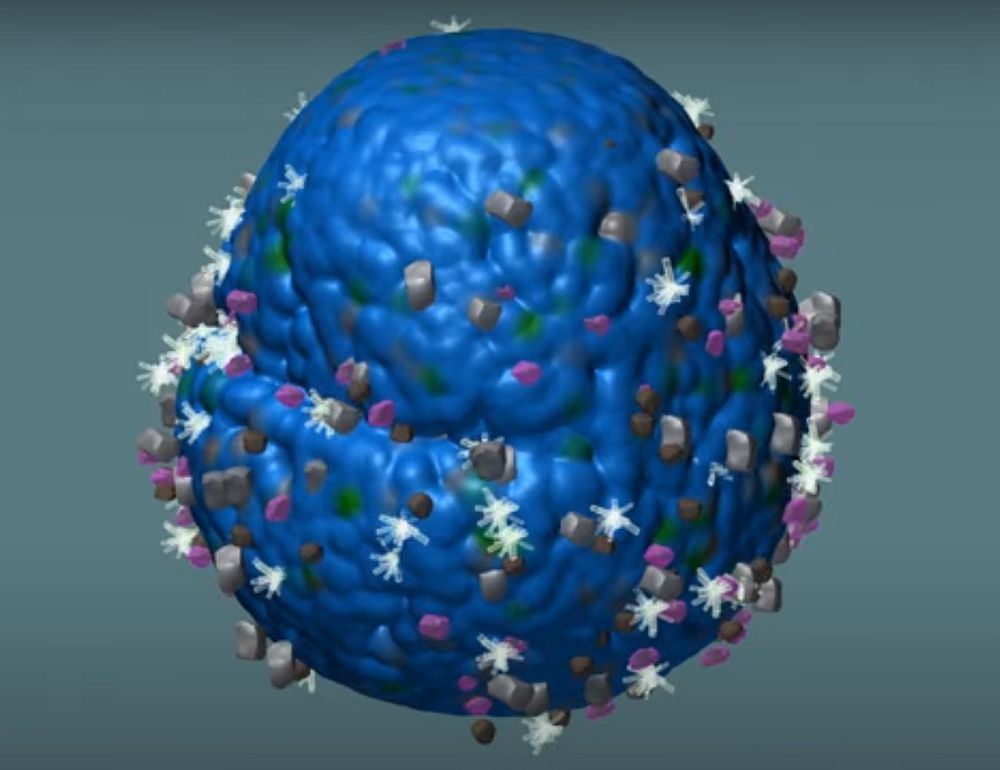Updated: 2021-06-22
Major manufacturers of color laser printers have moved away from the traditional crushed toner over the past few years, to a chemically manufactured or polymerized type of toner.
Using the traditional method, the toner is ground in successive processes to smaller and smaller particles, and over a period of time the particle size achieved has become smaller and smaller – down to about 7 microns which is the real limit of the technology.
Toner particles are very small
As particle sizes have become smaller the output of the printer has become better and better and indeed is satisfactory for most users. However, in an effort to improve image quality, running costs and the environmental impact of toner all of the toner manufacturers have been investing hugely in Chemical or Polymerized toner.
Basically, the polymerization method involves synthesizing resin particles about a hundred nanometres (about one billionth of a meter) in diameter which are then chemically coagulated and fused with color pigment additives in precise ratios that control their size and shape.
This creates extremely small spherical toner particles of a uniform size (around 3 micron in diameter) and shape.
The Polymerization Process
Since polymerized toner needs no oil for fusing, it produces natural-looking low-gloss color images and documents that can be written on as well as allow notes to be attached to, and are therefore suitable for business use.
Moreover, smaller toner particles have a better transfer rate to paper, which thus reduces the amount of toner used in image reproductions. The true benefits of polymerized toners are the uniformity of shape and size which allows a printed output that is very close to the quality of offset printing.
Here is an example of how the toner sits on the page, you can clearly see the difference between the two different kinds of toner. You can see from the diagram that the polymerized toner is obviously much more uniform in shape and size giving a much smoother finish.

There are also substantial environmental benefits to manufacturing Polymerized toner compared to traditional methods.
It requires about 1/3 less energy in its manufacturing process and produces substantially less Co2, NOx, and SOx emissions all of which contribute to Global warming and Acid Rain.
Benefits of polymerized toner
Other benefits of the polymerized toners are:
- Less toner on paper
- Increased yields
- Increased developer lifetimes
- Less toner scatter
- High image resolution
- High transparency
- Matt or gloss, no differential gloss

